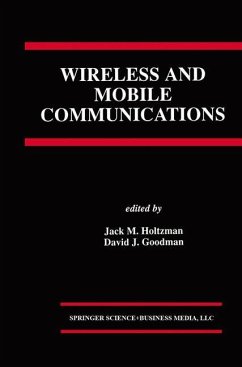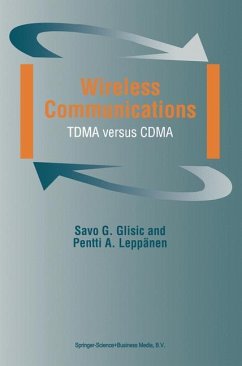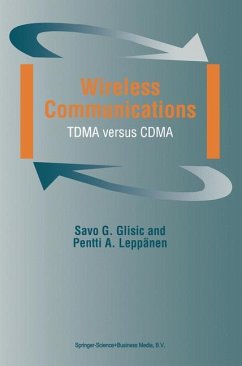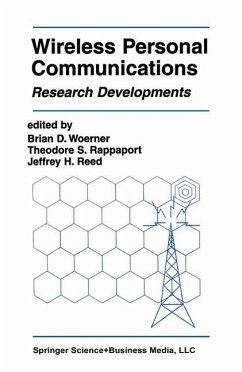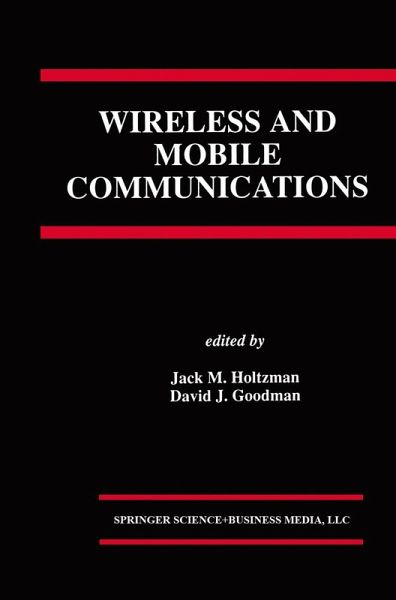
Wireless and Mobile Communications

PAYBACK Punkte
57 °P sammeln!
Wireless and Mobile Communications begins by looking at economic and cost issues associated with personal communications services. While cellular telephones and cordless telephones have attracted the largest number of people to wireless communications, many predict that mobile computing and wireless data services are due for dramatic growth. Technical issues related to these applications are the focus of the book's second section. This is followed by a section on CDMA capacity increases, exploring sophisticated signal processing approaches to enhancing code division multiple access communications. Multiple access is then treated, followed by a section on radio resource management, which presents a set of complex and crucial tasks to be performed in future systems. The final section of the book examines the relationships of advanced wireless networks to fixed networks providing advanced communications services.
Wireless and Mobile Communications is an excellent reference for all those interested in the subject, and may be used as the text for advanced courses on the topic.
Wireless and Mobile Communications is an excellent reference for all those interested in the subject, and may be used as the text for advanced courses on the topic.
In October 1993, the Rutgers University Wireless Infonnation Network Laboratory hosted the fourth WINLAB Workshop on Third Generation Wireless Infonnation Networks. These events bring together a select group of experts interested in the long tenn future of Personal Communications, Mobile Computing, and other services supported by wireless telecommunications technology. This is a fast moving field and we already see, in present practice, realizations of visions articulated in the earlier Workshops. In particular, the second generation systems that absorbed the attention of the first WINLAB Workshop, are now commercial products. It is an interesting reflection on the state of knowledge of wireless communications that the debates about the relative technical merits of these systems have not yet been resolved. Meanwhile, in the light of United States Government announcements in September 1993 the business and technical communities must confront this year a new generation of Personal Communications Services. Here we have applications in search of the best technologies rather than the reverse. This is a rare situation in the infonnation business. Today's advanced planning and forward looking studies will prevent technology shortages and uncertainties at the end of this decade. By then, market size and public expectations will surpass the capabilities of the systems of the mid-1990's. Third Generation Wireless Infonnation Networks will place greater burdens on technology than their predecessors by offering a wider range of services and a higher degree of service integration.



